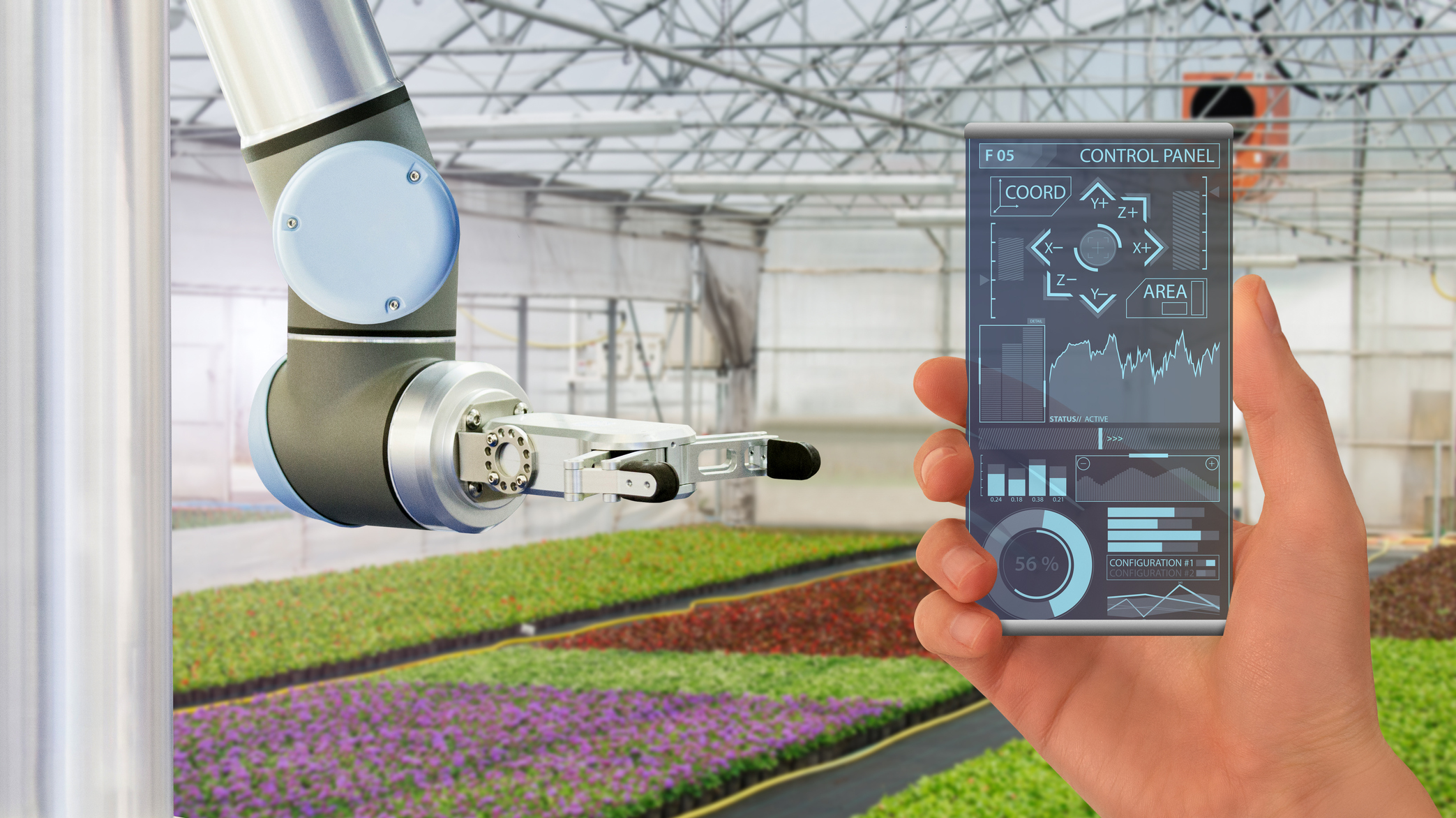
Based on the curriculum the partnership will develop the learning content built up from 3 modules. The topics for Module 2 have already been designed by the partners in the proposal phase, and task distributed among the experts as follows.
Activities:
R3-T1: Refining the modules and topics aligned with the Curriculum
The learning content will be built up from small pieces of learning objects to ensure the reusability. The learning objects can be reorganised by VET teachers like Lego pieces into micro-courses by VET teachers aligned the needs and special learning goals of their students.
Module 1 - Digital skills for smart green houses
ICT technologies used in
1. climate control systems
2. LED lighting
3. irrigation systems
4. valves and pumps, sensor
5. control systems
Module 2 - Smart Greenhouses
will present the technology in relation of the tasks of a horticultural professional, with the steps of the growing process and the functions that ensure the optimal living environment for the continuous development of the plants.
Topic 1. Mobile communication in greenhouses, data transmission
(SEMT)
Topic 2. Micropropagation techniques in the laboratory (MATE/GJMI)
Topic 3. Greenhouse vegetable and ornamental crop production
technologies (MATE)
Topic 4. Digitalisation of the microclimate in greenhouses (GJMI)
Topic 5. Precision greenhouse irrigation systems (GJMI/SEMT)
Topic 6. Digitalisation of artificial lighting in greenhouses (MATE)
Topic 7. Other greenhouse automation, sensors, robotics
(GJMI/SEMT/ITS)
Topic 8. Plant protection for precision greenhouse production (MATE)
Module 3 – Innovative Teaching Methods
R3-T2: Authoring, proofreading of the contents in English
authors must provide special information needed while we will build the components of the e-learning course during the next phase of the project.
R3-T3: Translating the contents into national languages
The national versions of the learning content might differ slightly from each other, aligned with the national needs and circumstances. It means, that the final versions might need not only simple translations but also the localisation of the English version.
After the translation the partners will carry out further proofreading for checking the correctness of the translation and the stylistic of the text.
Related events:
E1: Multiplier event (recruitment) HU
E2: Multiplier event (recruitment) RO
E3: Multiplier event (recruitment) SR

